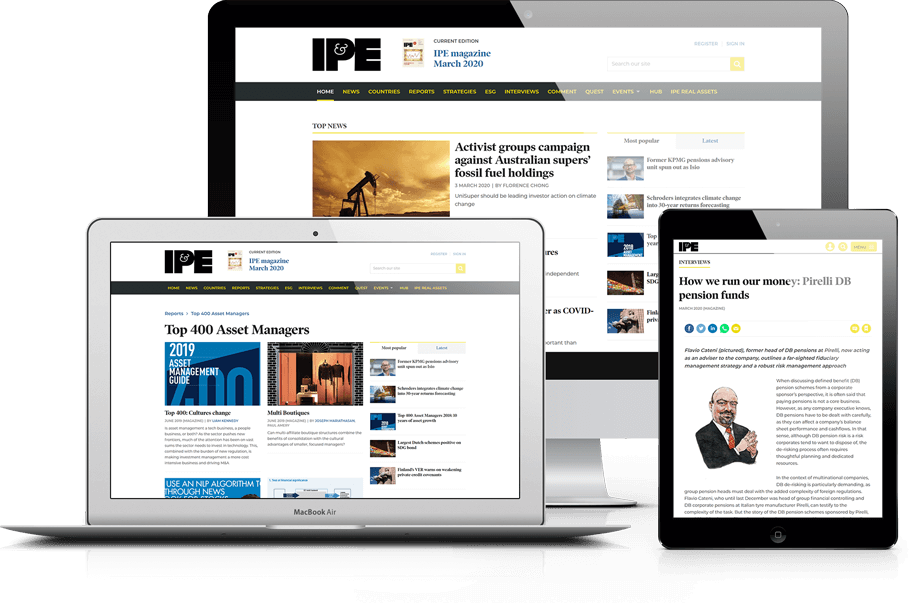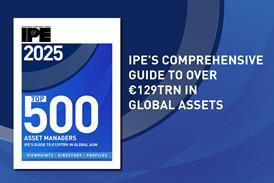Viewpoint: The new market reality requires a total portfolio approach

In this new era of lower returns with higher risk, investors must rethink how they balance risk, liquidity and returns with greater discernment and due diligence
You have now reached your article limit
Already a registered user or member? Sign in here
To continue reading, register free today for access
Registration also includes access to

Five reasons to register today
- Access to IPE articles from our award-winning editorial team
- Unique IPE market data, rankings and tables
- In-depth interviews with pension fund leaders
- Extensive coverage of latest asset class trends
- Comprehensive archive of data, research and intelligence








